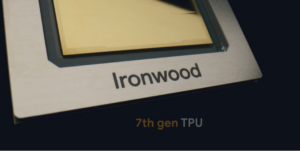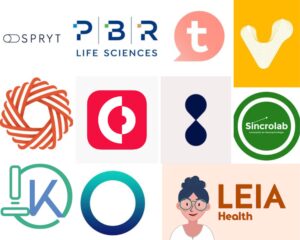NASA, an American space corporation, is holding a competition to find hazardous algal blooms (HABs) using satellite photography, with cash prizes totaling $30,000 (nearly 25 lahks). The first-place award in the competition is worth $12,000. The second-and third-place finishers will each receive $9,000 and $6,000, respectively. Winners of the first and second bonus prizes will also get $2,000 and $1,000 respectively.
The “Tick Tick Bloom” competition challenges competitors to identify and categorize the intensity of algal blooms in tiny, inland water bodies using satellite photography. Participants will identify dangerous algal blooms in tiny inland water bodies and categorize their severity. By obstructing sunshine and oxygen, HABs endanger marine habitats and produce poisons that are deadly to both people and their pets.
“A brief write-up of their modeling process will be required from the top 5 competitors in this competition. The two best write-ups, as determined by a judging panel based on elements such as model robustness and interpretability, will get a bonus reward, ” according to the sources.
Algal blooms are widespread increases in phytoplankton or tiny algae that are typically brought on by an influx of nutrients. These blooms can impair human health, imperil other creatures like pets, and wreak havoc on marine ecosystems if they appear in inland water bodies.
In warm, nutrient-rich conditions, cyanobacterial algal blooms can grow very quickly and frequently produce observable blue or green blooms. Experts claim that these blooms can rob other creatures of oxygen and nutrients by preventing sunlight from reaching the remainder of the aquatic ecosystem below the surface. According to NASA, the impact of climate change on marine habitats likely increases the frequency of dangerous algal blooms.
The Centers for Disease Control and Prevention (CDC) state that these toxins can cause flu-like symptoms, skin irritation, irregular breathing, gastrointestinal symptoms, and even paralysis in people when they are absorbed via the skin, inhaled, eaten, or consumed through contaminated foods. Due to their lower mass, pets are also susceptible to seizures and death.
The US space agency wants to use the competition to teach computers to recognize algal bloom indicators in satellite photographs, making it simpler to find and track these blooms on a wide scale. According to NASA, the competition will also assist water quality managers in determining where to collect samples from and a quicker determination of which water sources may or may not be suitable for human use.















